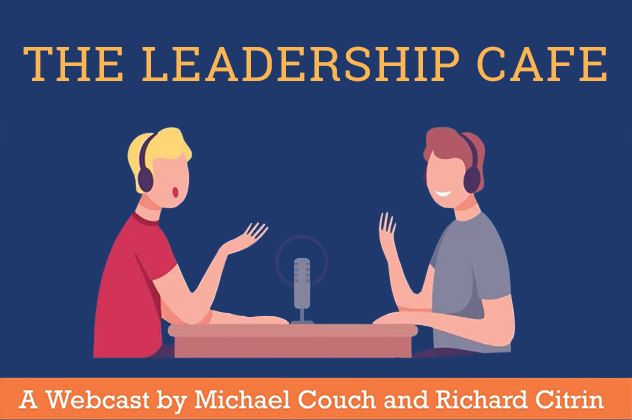 Not only is the 8-hour sleep recommendation a recent historical phenomenon but also represents a cultural perspective as well. Research done by a Virginia Tech history professor showed that in recent historical times people thought of sleep as occurring in chunks. Text references going back to the Canterbury tales cited “the firste sleep” and “second sleep”, even noting that creative ideas were heightened during these interludes.
More recent scientific research points out that given a time-free environment, research subjects will sleep for a few hours, be awake for a few hours and then drift back off to sleep. Subjects enjoyed this kind of sleep pattern as it gave them the opportunity for a range of activities from personal reflection to forward planning and even some amorous activities.
Different cultures also adopt different approaches to sleep. Of course, the siesta is the most famous approach to afternoon rest and in China; millions of workers put their heads on their desks after lunch and catch 40 winks before their afternoon work period. Even in Google land employees are offered the change to nap at work, certain that it
Not only is the 8-hour sleep recommendation a recent historical phenomenon but also represents a cultural perspective as well. Research done by a Virginia Tech history professor showed that in recent historical times people thought of sleep as occurring in chunks. Text references going back to the Canterbury tales cited “the firste sleep” and “second sleep”, even noting that creative ideas were heightened during these interludes.
More recent scientific research points out that given a time-free environment, research subjects will sleep for a few hours, be awake for a few hours and then drift back off to sleep. Subjects enjoyed this kind of sleep pattern as it gave them the opportunity for a range of activities from personal reflection to forward planning and even some amorous activities.
Different cultures also adopt different approaches to sleep. Of course, the siesta is the most famous approach to afternoon rest and in China; millions of workers put their heads on their desks after lunch and catch 40 winks before their afternoon work period. Even in Google land employees are offered the change to nap at work, certain that it  increases productivity.
Its time we change our ideas about rest and recovery and free ourselves from the artificial beliefs that those 8 hours are essential for our physical recovery. Go ahead and feel free to put your head down on your desk during the day and rejuvenate yourself. Just download that NY Times article and post it on your cubical entrance.]]>
increases productivity.
Its time we change our ideas about rest and recovery and free ourselves from the artificial beliefs that those 8 hours are essential for our physical recovery. Go ahead and feel free to put your head down on your desk during the day and rejuvenate yourself. Just download that NY Times article and post it on your cubical entrance.]]>
